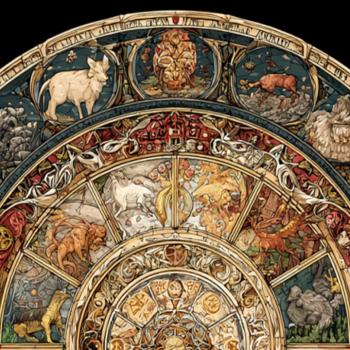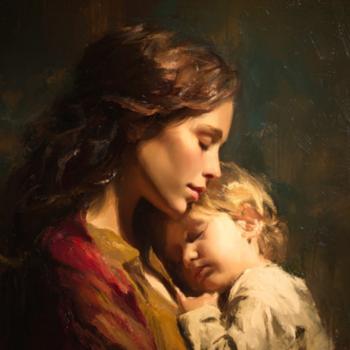
The lost Gospel of Philip, like the Gospel of Thomas, the Gospel of Mary and the Gospel of Truth, is a text that is shrouded in mystery. Before its discovery at Nag Hammadi, Egypt in 1945, we barely knew of its existence, and like those other lost gospels, it contains mystical wisdom from early Christian sources that had long been suppressed by the proto-orthodox Christians.
Unlike those other gospels, however, the Gospel of Philip touches on some topics that are not addressed in those Valentinian texts, such as the Bridal Chamber, the Virgin Birth, Baptism, Spiritual Transformation, and the Resurrection of the dead. It also provides more insights into the relationship between Jesus and Mary Magdalene and attempts to clarify what it truly means to become a follower of Jesus.
When Was It Written?
Some scholars date the Gospel of Philip to around the Third Century. One argument for an earlier date is that it appears to have several ideas in common with the Gospel of Thomas which was dated to as early as 60 AD, but until earlier copies are discovered we cannot say for certain. But most agree that it should be considered a Third-Century text.
Thematically, the Gospel of Philip may have been assembled from a variety of earlier Valentinan Christian writings on various sacraments, especially the sacrament of marriage.
Although there is little consensus regarding the geographical origins of this gospel, many scholars suggest that that it most likely originates from the region of Antioch, and if so, then it was almost certainly associated with Valentinian devotee, Axionicus of Antioch and his faith community.
Sayings of Jesus
The text of this Gospel contains a total of 17 sayings attributed to Jesus. Nine of those sayings are also found in some form in the New Testament Gospels, and two of the sayings here are related to similar sayings in the Gospel of Thomas. This leaves six sayings of Jesus that are unique to the Gospel of Philip.
The single copy of the Gospel of Philip that we have was written in Coptic and found in the same codex alongside the Gospel of Thomas at Nag Hammadi. Wesley W. Isenberg, the original editor and translator of the text, believes the new sayings of Jesus found here should be understood from a Gnostic perspective, although later scholars such as Dr. Elaine Pagels and Martha Lee Turner, disagree and argue that the Gospel of Philip should be understood as a Valentinian text that fits more closely with the Gospel of Thomas, the Gospel of Truth and the Gospel of Mary.
Experiential Christianity
As read through the lens of Divine Unity, the Gospel of Philip is focused on our spiritual connection with God. To this end, many of the themes found here dealing with marriage and the bridal chamber are best understood as metaphors for that spiritual union between God and Humanity.
Other scholars, such as Marvin W. Meyer, suggest that the Gospel of Philip is best understood through the lens of Christ. According to Meyer, without Jesus, the rituals, mysteries and metaphors mentioned in the Gospel of Philip have no context and that many quotations from this text only make sense when Christ is the central focus.
Why Is It Significant?
The Gospel of Philip is worth our time and attention primarily because it gives us yet another glimpse into the beliefs and teachings of Valentinus and of the Valentinian Christians who were seen as such a threat to the proto-orthodox Christians of the early Church.
We may not always agree with what we read in this text, and we may not always fully understand everything that is being communicated within these pages. But with our understanding of other suppressed gospels such as the Gospel of Thomas, the Gospel of Mary and the Gospel of Truth, we can begin to notice similarities of thought and connect the dots on how these Valentinians understood the teachings of Jesus and what it meant for them to follow in his path.
NEXT WEEK: Chapter 1 of the Gospel of Philip
**

The newest book from Keith Giles, “The Quantum Sayings of Jesus: Decoding the Lost Gospel of Thomas” is available now on Amazon. Order HERE>
Keith Giles is the best-selling author of the Jesus Un series. He has appeared on CNN with Anderson Cooper, Coast To Coast Radio with George Noory, USA Today, BuzzFeed, and John Fugelsang’s “Tell Me Everything.”
He co-hosts The Heretic Happy Hour Podcast and his solo podcast, Second Cup With Keith which are both available on Spotify, Amazon, Apple, Podbean or wherever you find great podcasts.















